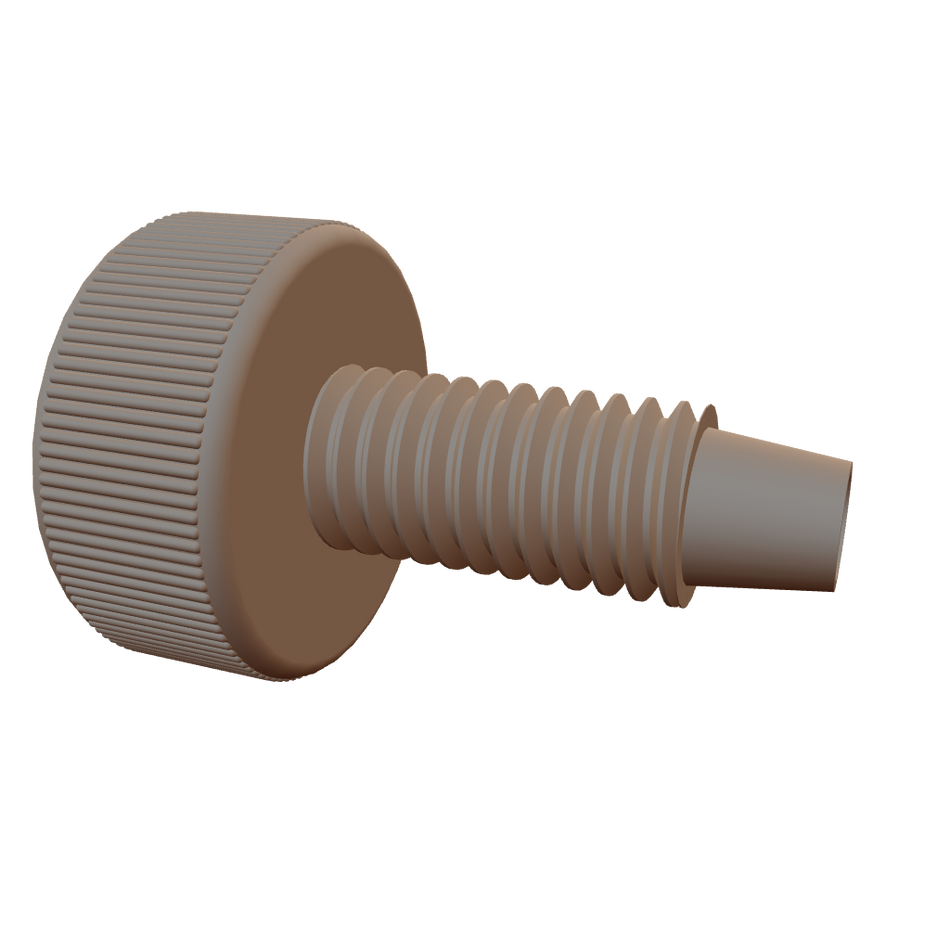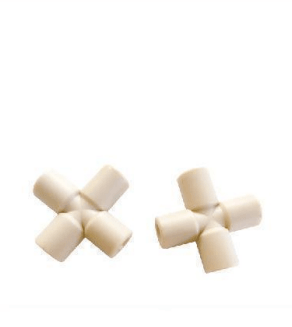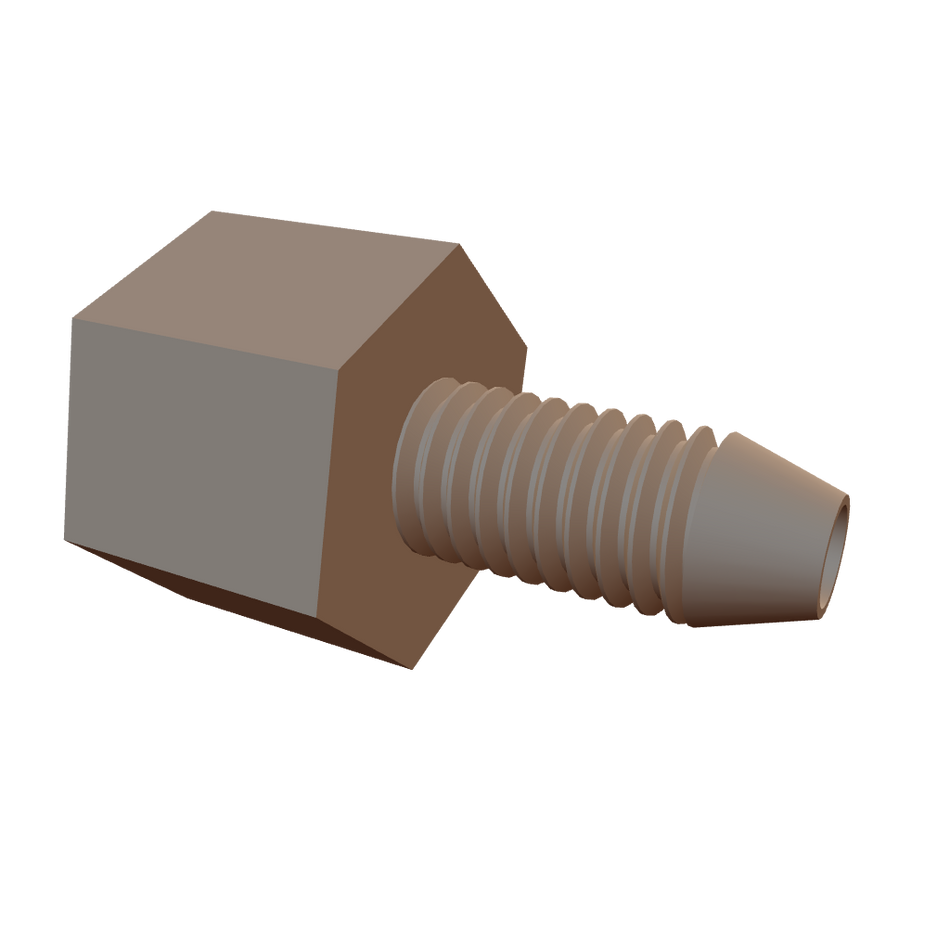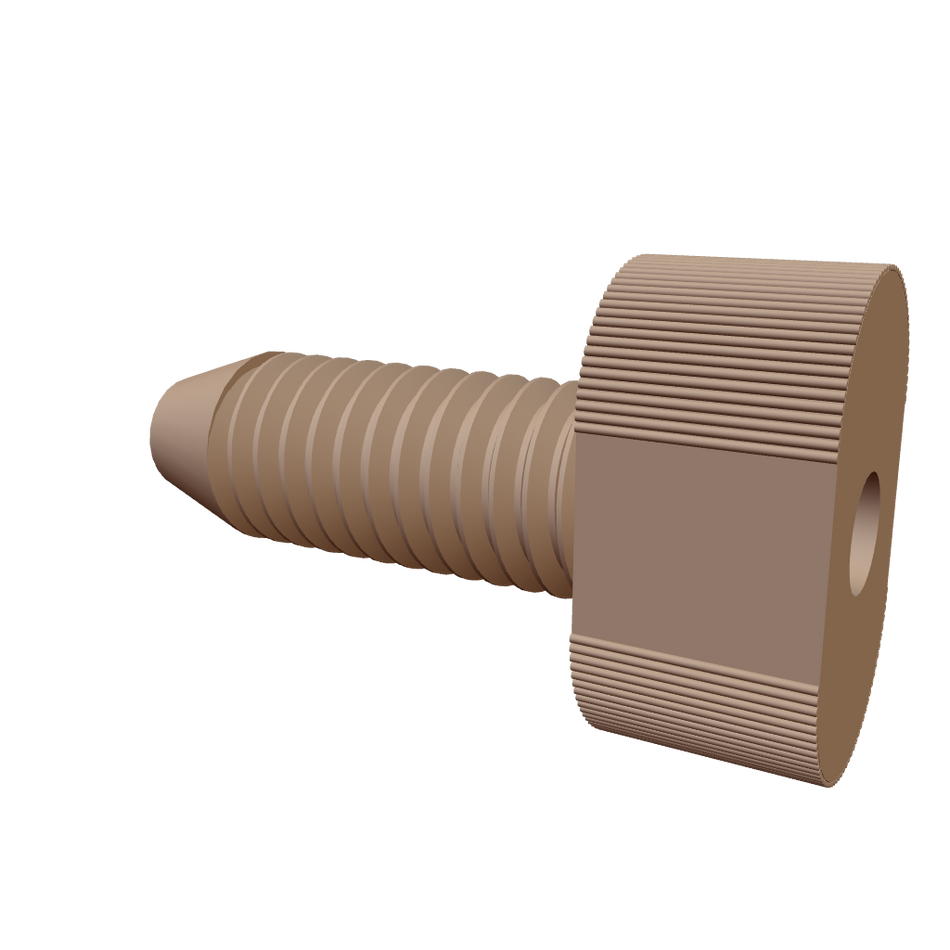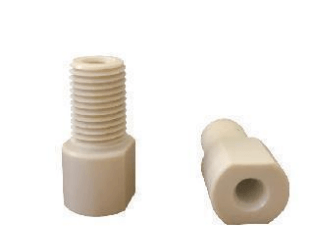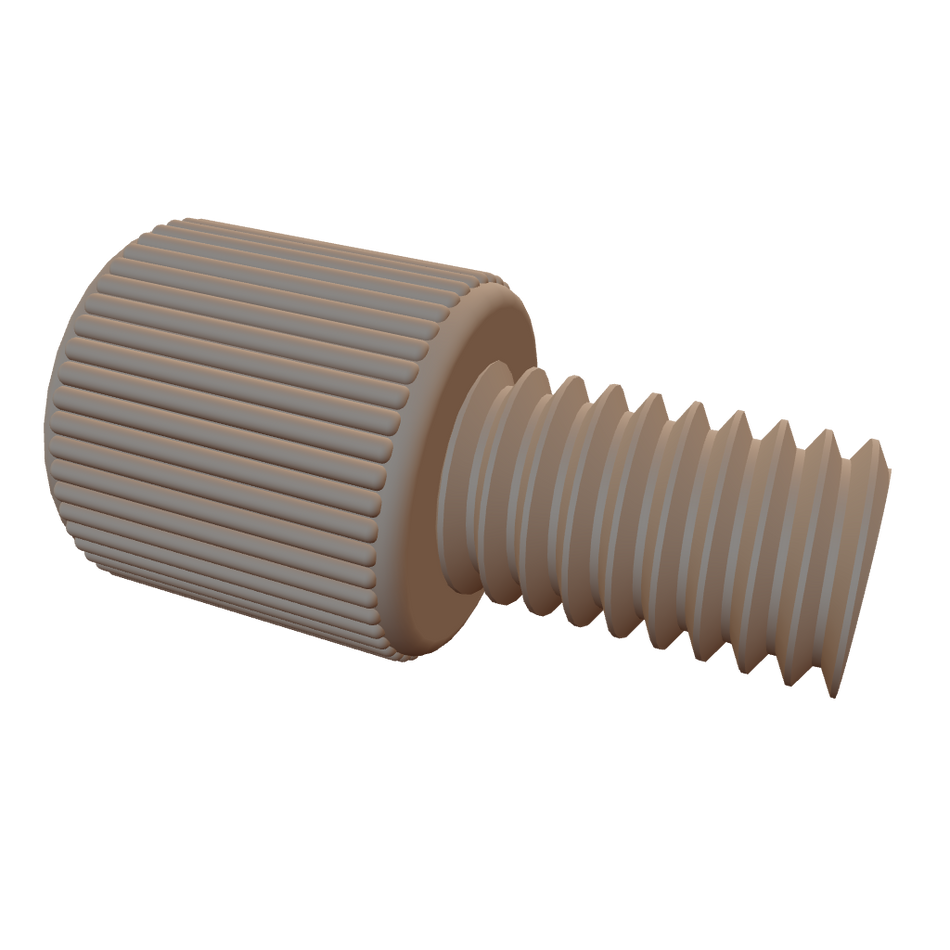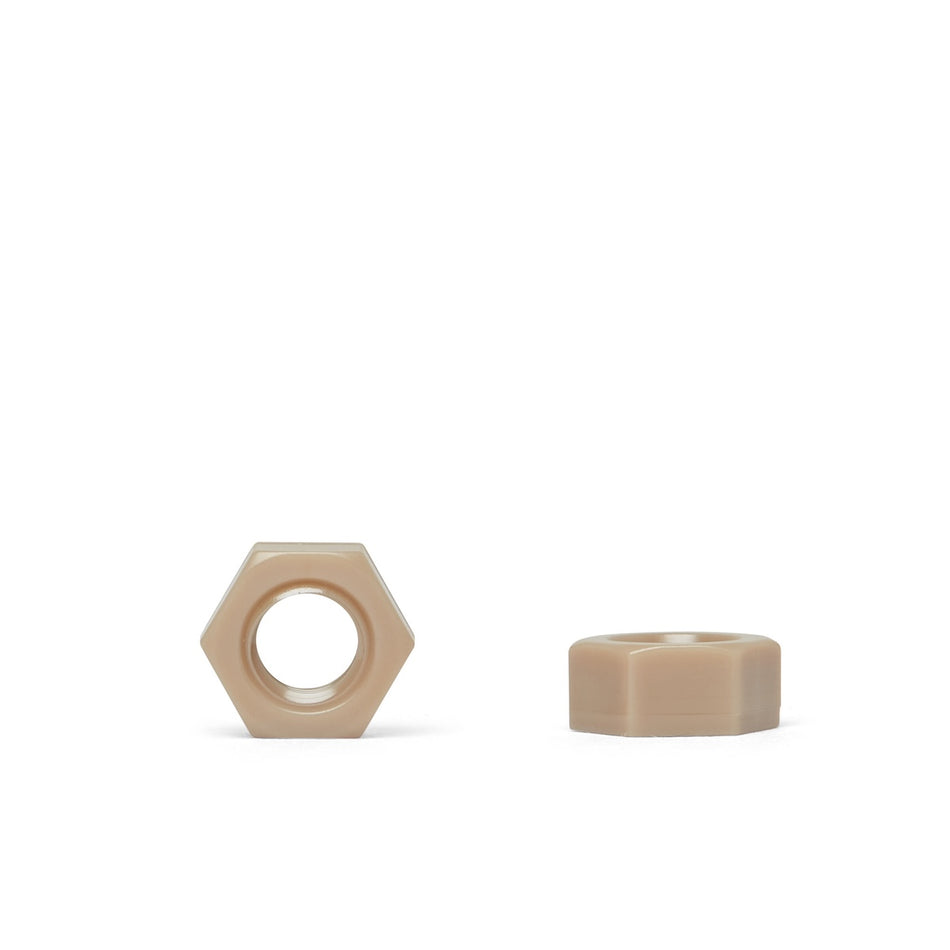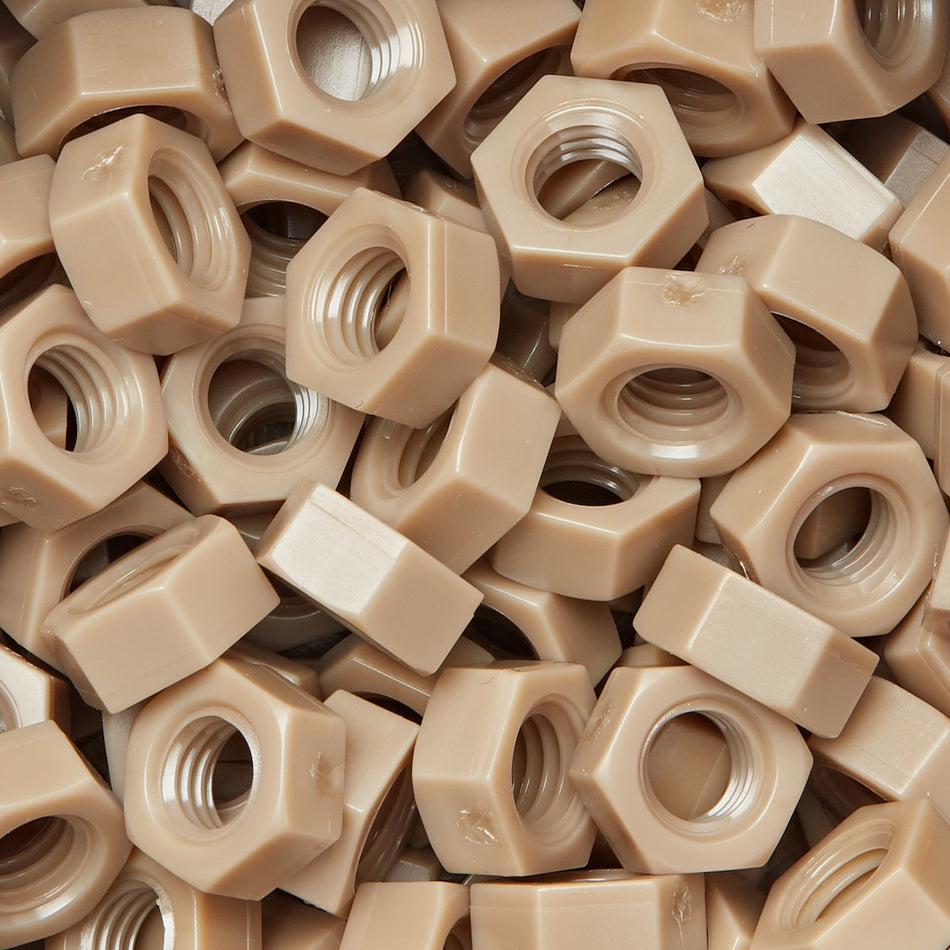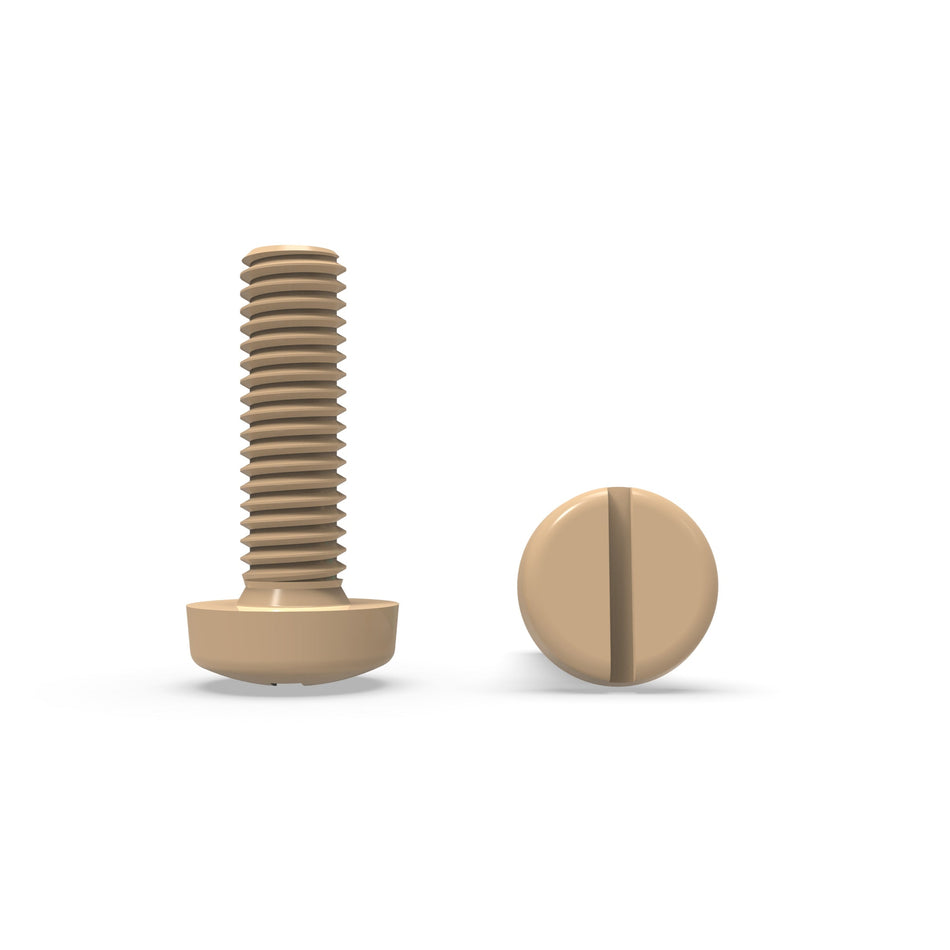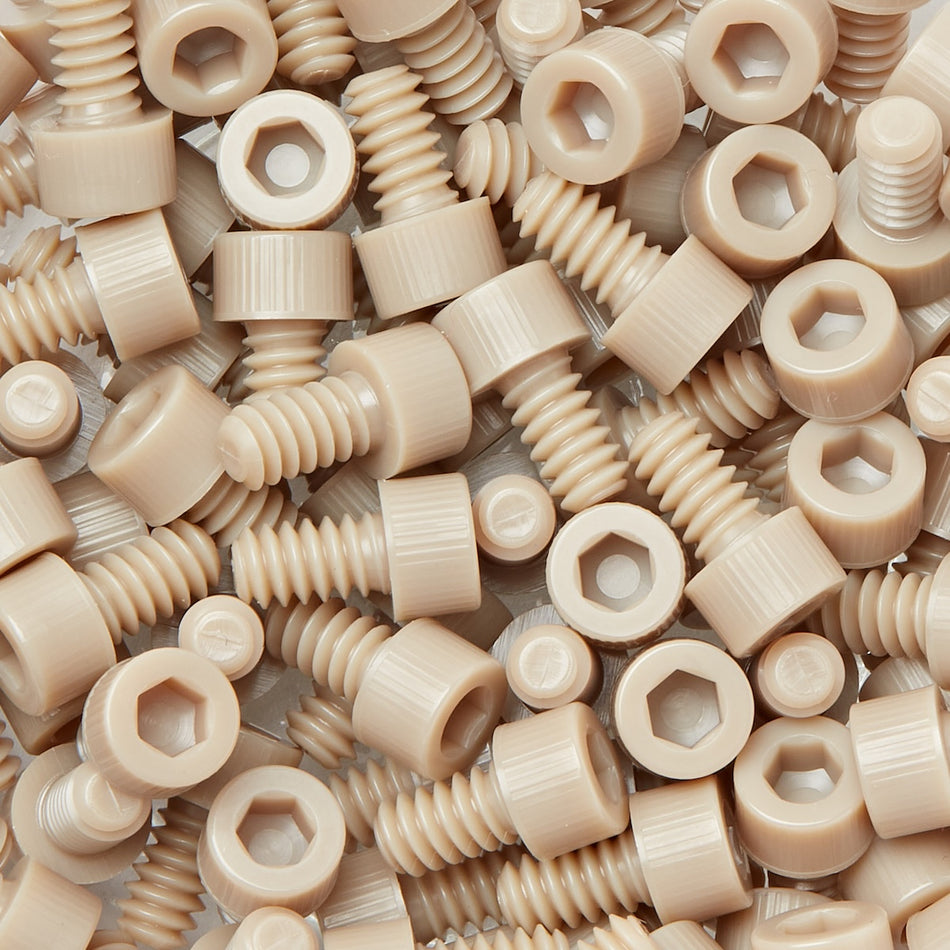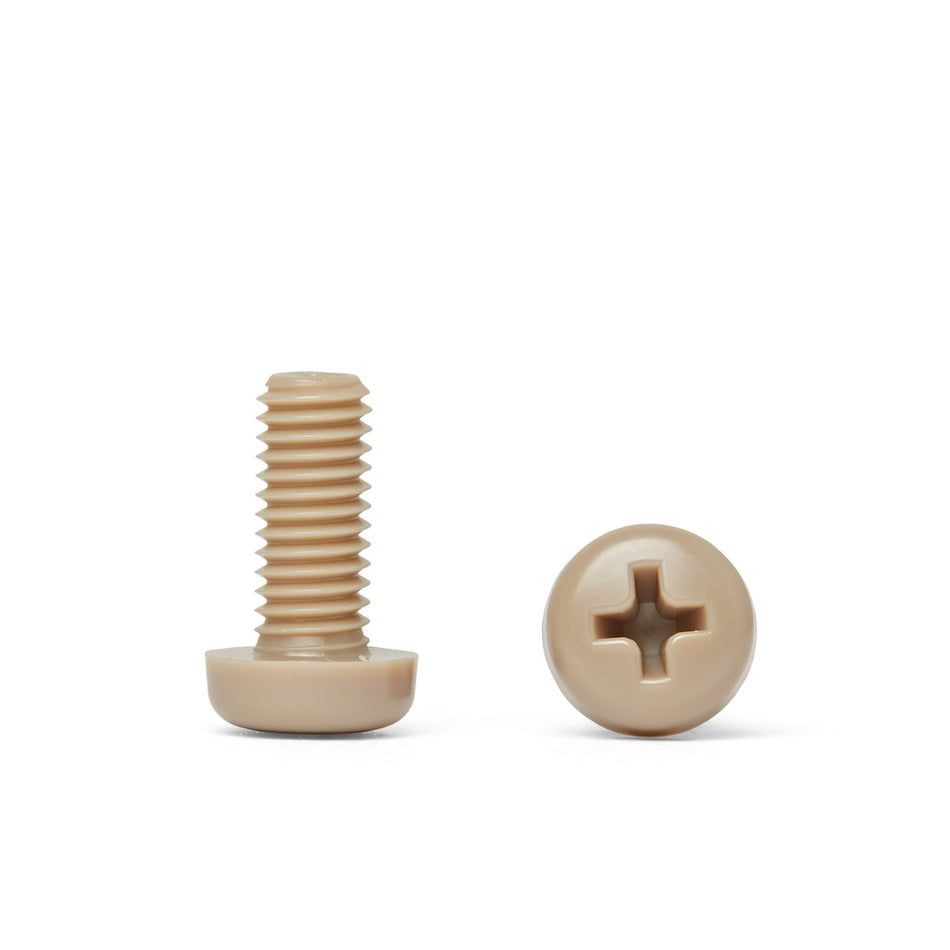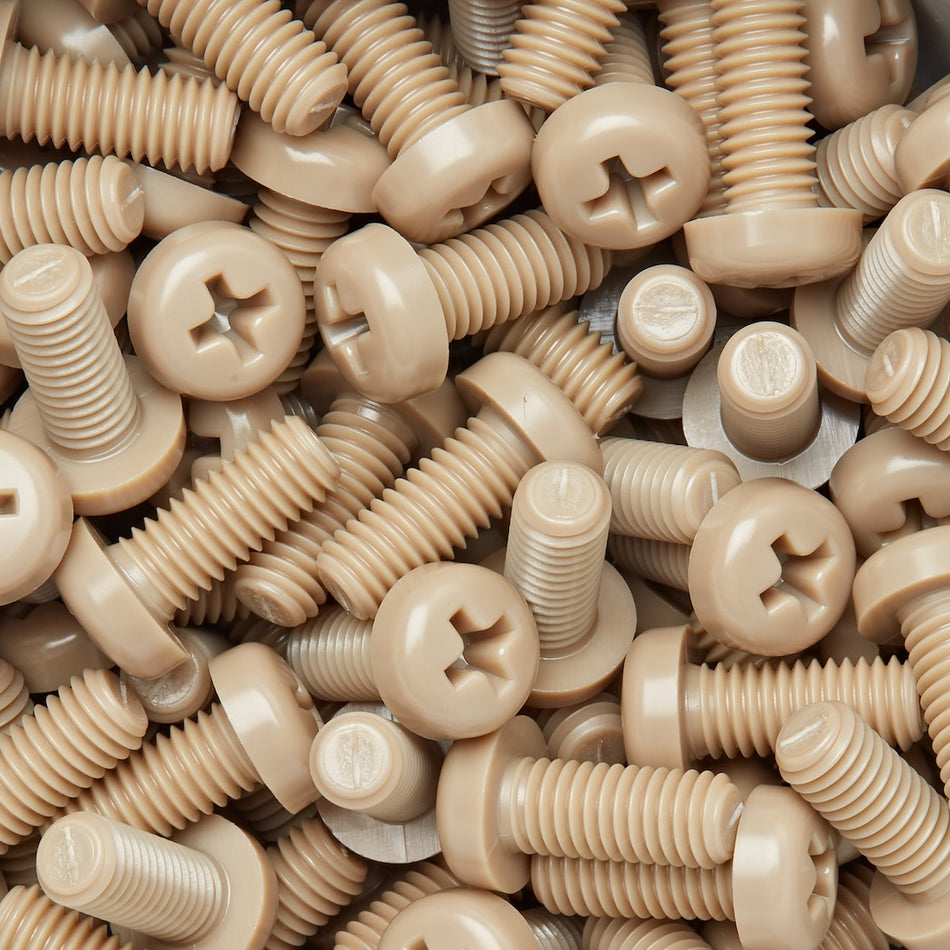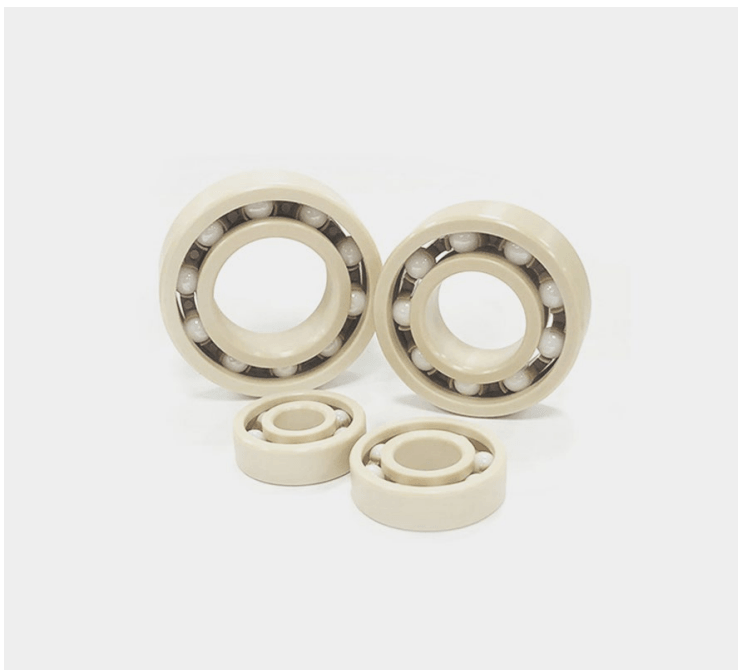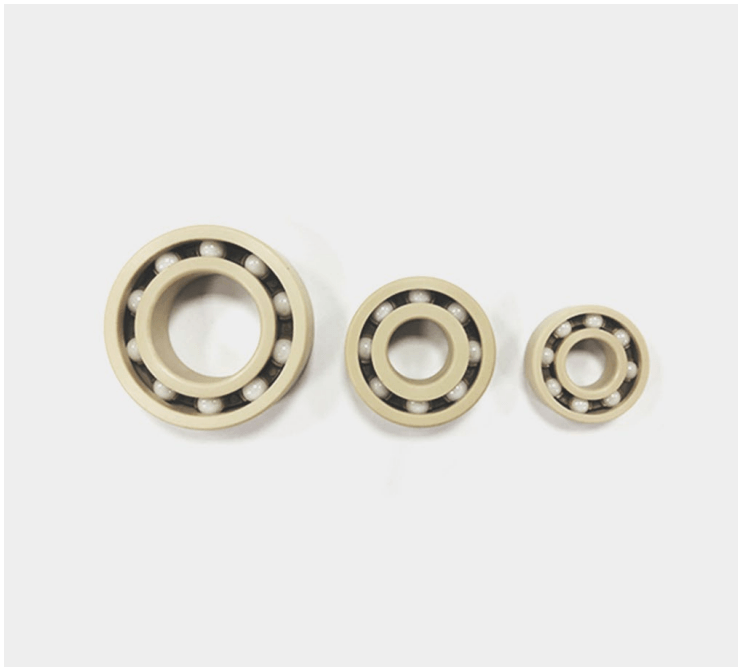107 Products

Neuro Science Solutions Teollisuus käyttää polymeeriruuveja, muttereita, pultteja, aluslevyjä ja kiinnikkeitä.
Polymeerikiinnikkeet valmistetaan muovista tai komposiittimateriaalista, ja niitä käytetään monissa eri sovelluksissa vaihtoehtona perinteisille metallikiinnikkeille. Niitä voidaan suosia niiden keveyden, korroosionkestävyyden ja eristävien ominaisuuksien vuoksi.
Neurotieteen ala kattaa monenlaisia tutkimusaloja, kuten neurotieteen, neurobiologian ja neuropsykologian, ja siihen voi liittyä erilaisten tekniikoiden ja välineiden, kuten aivojen kuvantamisen, neurostimulaation ja aivo-tietokoneliitäntöjen, käyttöä. On mahdollista, että polymeerikiinnittimiä voidaan käyttää neurotieteellisessä tutkimuksessa käytettävien laitteiden ja välineiden, kuten neurokuvantamislaitteiden, neurostimulaatiolaitteiden ja aivo-tietokoneliitäntöjen, valmistuksessa ja kokoonpanossa. Näitä kiinnittimiä voidaan käyttää komponenttien ja antureiden kiinnittämiseen ja kiinnittämiseen tai näytteiden ja näytteiden kiinnittämiseen ja kiinnittämiseen.
Neurotieteellisten ratkaisujen teollisuus koostuu yrityksistä ja organisaatioista, jotka tarjoavat hermoston ja aivojen tutkimukseen liittyviä tuotteita ja palveluja. Tähän kuuluvat yritykset, jotka kehittävät ohjelmistoja ja muita välineitä aivotietojen analysointiin ja tulkintaan, sekä yritykset, jotka kehittävät tuotteita ja hoitomuotoja neurologisten häiriöiden hoitoon.
Esimerkkejä neurotieteellisten ratkaisujen toimialan yritysten tarjoamista tuotteista ja palveluista ovat mm. seuraavat:
- Neurokuvantamisohjelmistot ja -laitteistot: työkalut aivojen kuvantamistietojen, kuten toiminnallisen magneettikuvauksen (fMRI) ja elektroenkefalografian (EEG), keräämiseen ja analysointiin.
- Neurostimulaatiolaitteet: laitteet, jotka käyttävät sähköisiä tai magneettisia ärsykkeitä aivojen tai hermoston stimuloimiseksi, kuten syväaivostimulaattorit ja transkraniaaliset magneettistimulaatiolaitteet (TMS).
- Neurofarmaseuttiset lääkkeet: lääkkeet ja muut hoitomuodot, joita käytetään neurologisten sairauksien, kuten epilepsian, Parkinsonin taudin ja Alzheimerin taudin, hoitoon.
- Aivo-tietokoneliitännät: teknologiat, joiden avulla käyttäjät voivat ohjata laitteita tai tietokoneita ajatuksillaan.
Kaiken kaikkiaan neurotieteellisten ratkaisujen alalla on tärkeä rooli aivojen ja hermoston ymmärtämisen edistämisessä sekä neurologisten häiriöiden hoitojen ja terapioiden kehittämisessä.

